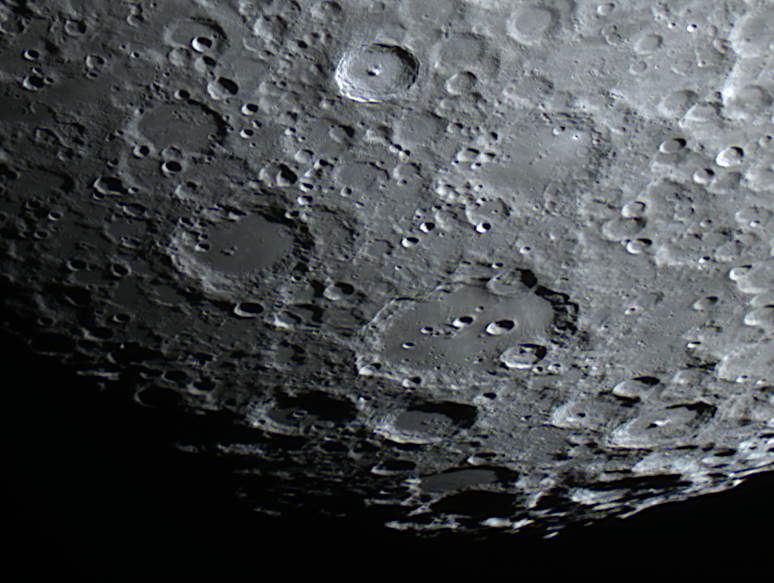An SVBONY Full Spectrum SV305 camera (an SV305 manufactured with an optical window in front of the sensor rather than a UV/IR cut filter, which allows the sensor access to a wider range of wavelengths at the red and the blue end of the spectrum; of value for deep sky imaging) was used for these tests. The camera was fitted with a Baader UV/IR cut filter as a soft focus is likely, particularly with a refractor (although a Newtonian should not be affected).
The first experiments used a William Optics ZenithStar 66 SD Apochromatic refractor was mounted on a Celestron AVX EQ, GOTO mount and an SV305 Full spectrum camera fitted with a Baader UV/IR cut filter.
A 2000 frame SER file was captured using AstroDMx Capture.
Click on an image to get a closer view
Screenshot of AstroDMx Capture for Linux capturing a SER file
The best 90% of the frames were stacked in Autostakert!, wavelet processed in Registax 6 and post processed in the Gimp 2.10.
The telescope was then changed for an 8" Celestron SCT fitted with a 0.6 focal reducer and AstroDMx Capture was used for capturing 5000 frame SER files of selected regions of the Moon using a Region Of Interest of 800 x 608
Screenshot of AstroDmx Capture for Linux capturing a SER file of the Clavius/Tycho region of the Moon
The best 20% of the frames in the 5000 frame SER files were stacked in Autostakkert, wavelet processed in Registax 6 and post processed in the Gimp 2.10.
Clavius region
The focal reducer was then removed from the SCT and using AstroDMx Capture, 5000 frame SER files were captured using a Region Of Interest of 800 x 608, and using Region of Interest Nudge, to prevent the image from drifting during the capture process.
Screenshot of AstroDMx Capture for Linux capturing a 5000 frame SER file of the Plato region
The best 20% of the frames in the SER files were stacked in Autostakkert!, wavelet processed in Registax 6 and post processed in the Gimp 2.10.
Plato










